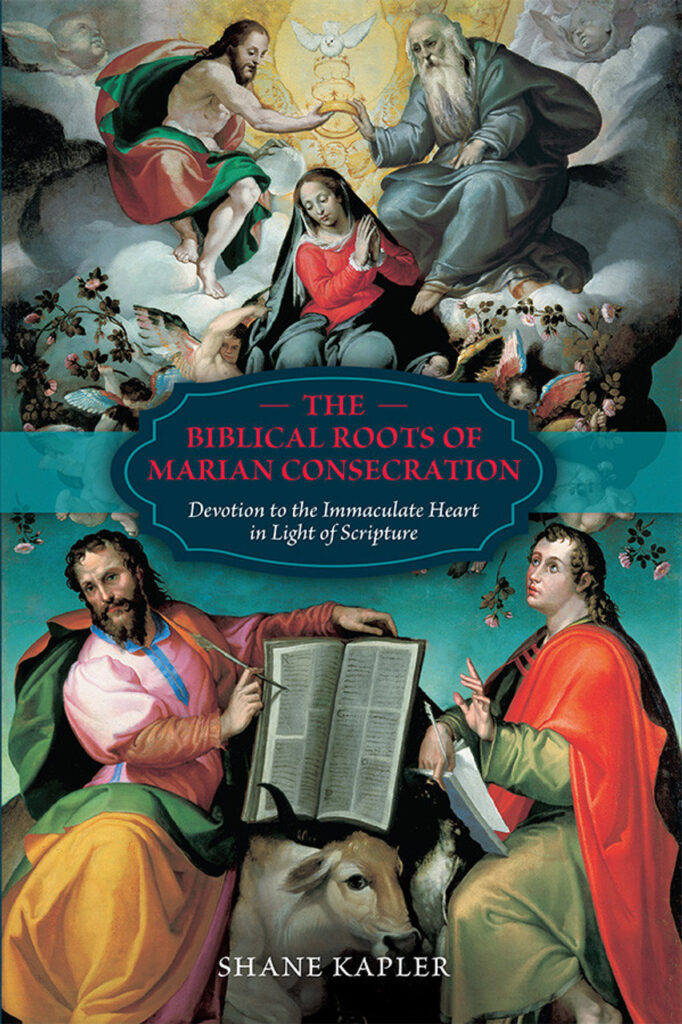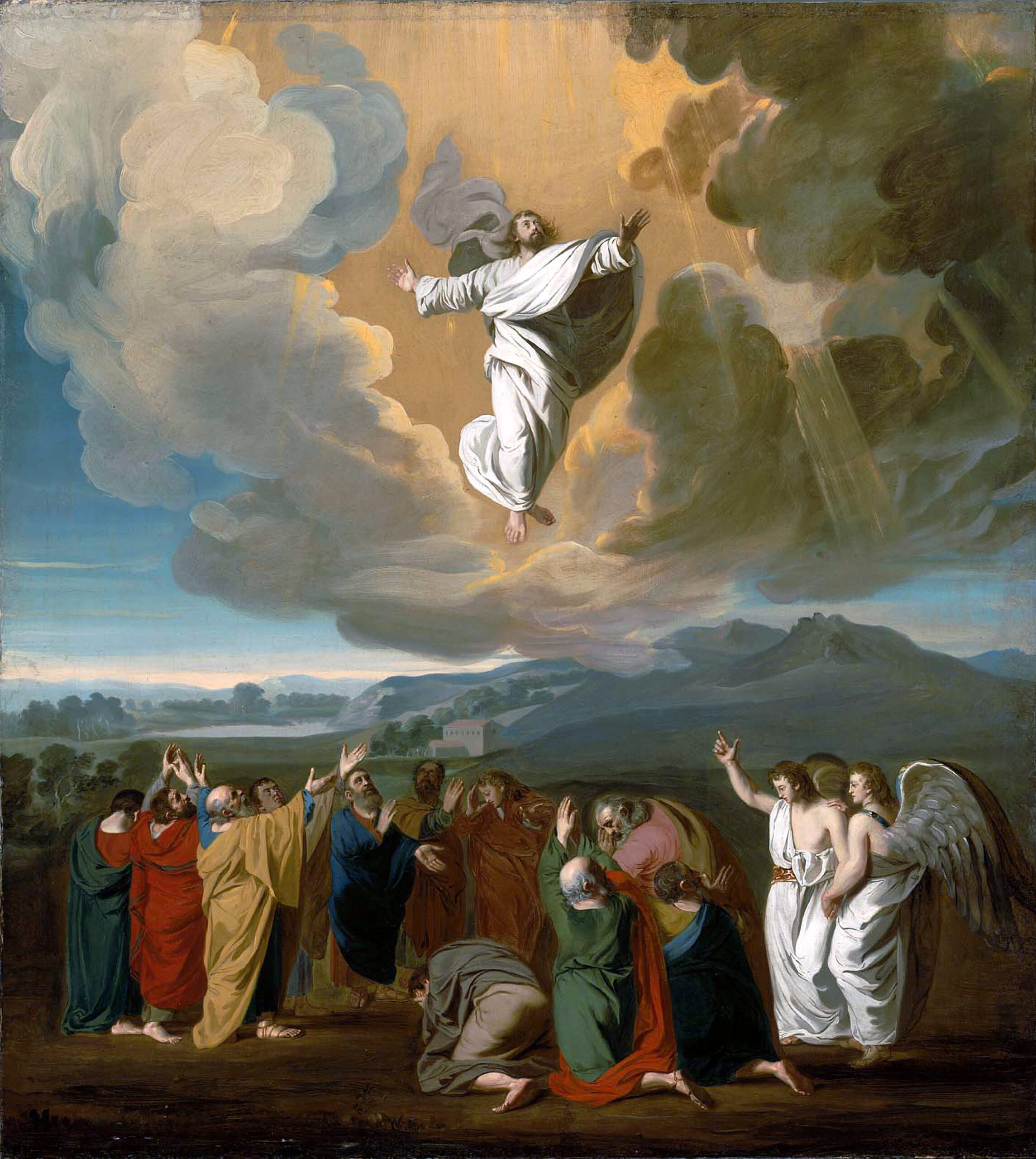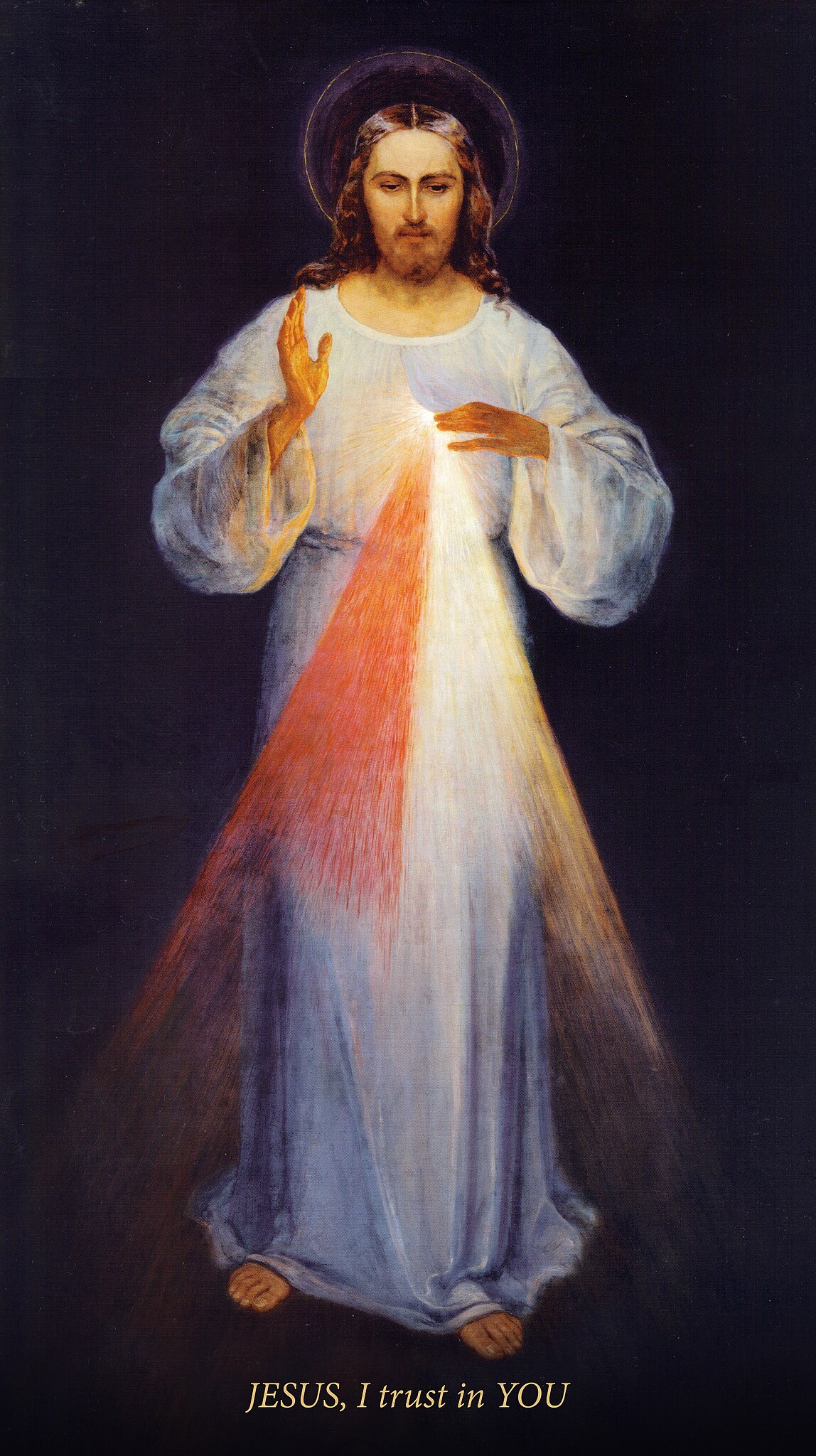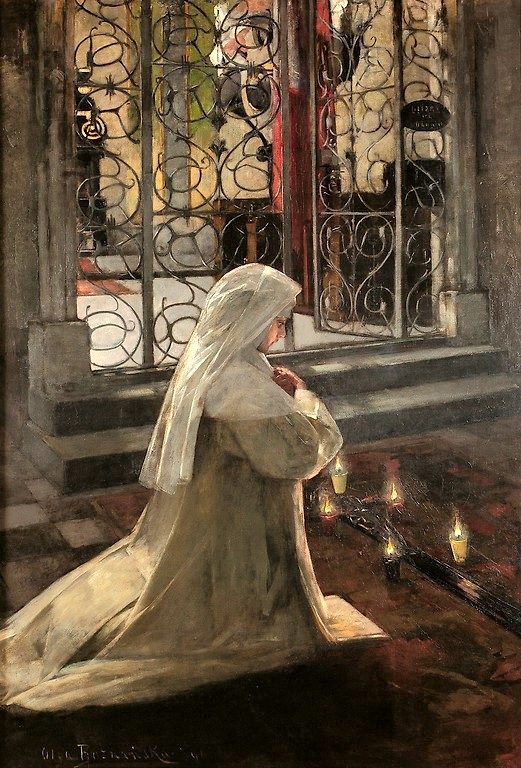The idea of “consecrating” oneself to Mary, meaning to entrust one’s life and success as a disciple of Christ to Mary’s love and intercession, may seem strange to many within the Catholic Church, not to mention our large number of separated brothers and sisters. Why would God want to unite our hearts with Mary’s? Why not deal with us solely as individuals? My response is that this is the way Scripture shows God working throughout salvation history and that the New Testament’s teaching on the shared life of Christian husbands and wives offers an effective analogy for understanding the spirituality of Marian Consecration.
Let us begin, however, by looking at what St. Paul wrote about marriages between Christians and unbelievers. It is stunning:
If any woman has a husband who is an unbeliever, and he consents to live with her, she should not divorce him. For the unbelieving husband is consecrated through his wife, and the unbelieving wife is consecrated through her husband. Otherwise, your children would be unclean, but as it is they are holy. But if the unbelieving partner desires to separate, let it be so; in such a case the brother or sister is not bound. For God has called us to peace. Wife, how do you know whether you will save your husband? Husband, how do you know whether you will save your wife? (1 Cor 7:13–16)
Paul knew full well that it is Christ alone Who saves; but in His hands, believing wives and husbands can become instrumental causes in the salvation, the consecration, of their spouses and children (see also 1 Pet 3:1-2). If the Lord can use one spouse to bring the other and their children to the waters of Baptism, then think of how He uses the sacramental marriage of two Christians to deepen their consecration to Him throughout their shared years.
Paul wrote of the purpose of Christian husbands’ and wives’ mutual submission to each other – it manifests the great mystery of love between Christ and the Church (Eph 5:21, 32)! Husbands image the Lord in loving their wives “as their own bodies” and wives are to be subject to their husbands “as to the Lord” (Eph 5:28, 24–25). Christ loves the Church in this way so that “she might be holy and without blemish” (5:27). This is the mission of Christian spouses: By the grace of God, husbands and wives vow their love and entrust one another with their property, bodies, and hearts for the purpose of growing in Christ’s love and helping the other pass through the Cross to the glory of the Resurrection. Such entrustment does not hinder a soul’s union with the Lord but furthers it! A wife is not an obstacle to a husband’s union with Jesus. No, the spousal relationship is a God-given means for husbands and wives to appropriate graces meant to propel us toward final salvation, of making their “call and election firm” (2 Pt 1:10). This is also true, and to an eminent degree, of our relationship with Mary. Our spiritual mother is very much alive and joined to us in the communion of saints, acting on our behalf (see Rom 12:4-5; Heb 12:1, 22-24; Rev 5:8)
Billions of people have walked the earth, but there is only one to whom the Father entrusted the life of His only begotten Son. Mary was predestined for her role and consecrated to God’s work at the moment of her conception. She cooperated with God’s grace to give her fiat at the Annunciation, and by grace she remained faithful even at the foot of the Cross. It was there that Jesus formally extended Mary’s motherhood from Himself to His mystical Body. He made this entrustment in the person of John, one of the apostolic foundations of His Church. “When Jesus saw his mother, and the disciple whom he loved standing near, he said to his mother, ‘Woman, behold your son!’ Then he said to the disciple, Behold, your mother!’ And from that hour the disciple took her into idia [literally ‘his own’]” (Jn 19:26-27). John took Mary into all that was his – his home, heart, prayer, life as an apostle, etc. You and I continue to reap the fruits of this entrustment in John’s Gospel, his unique penetration into the mystery of Christ’s Person.
John’s life of union with Mary – not to mention the other apostles – did not hinder his union with Christ but facilitated it! The entrustment that Jesus made of John to Mary was part of Christ’s salvific work on the Cross (see Jn 19:28, “…after this, knowing that all was now finished…”). When we renew our baptismal consecration to Jesus, through Mary, we are asking to share her receptivity for receiving Christ into ourselves – both to dwell in our hearts and be born into the world through our words and actions. Just as the spousal union of hearts yields grace, so too our union with the Immaculate Heart. Mary is not the end, the goal of our devotion, anymore than a spouse – Jesus is, and through Him fullness of life in the Trinity.
_________________
This article is adapted from a chapter in The Biblical Roots of Marian Consecration: Devotion to the Immaculate Heart in Light of Scripture which is available from TAN Books.








